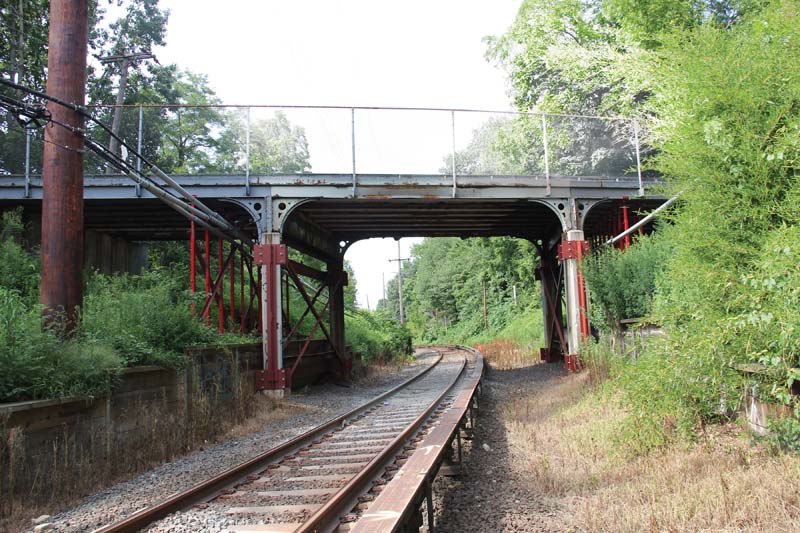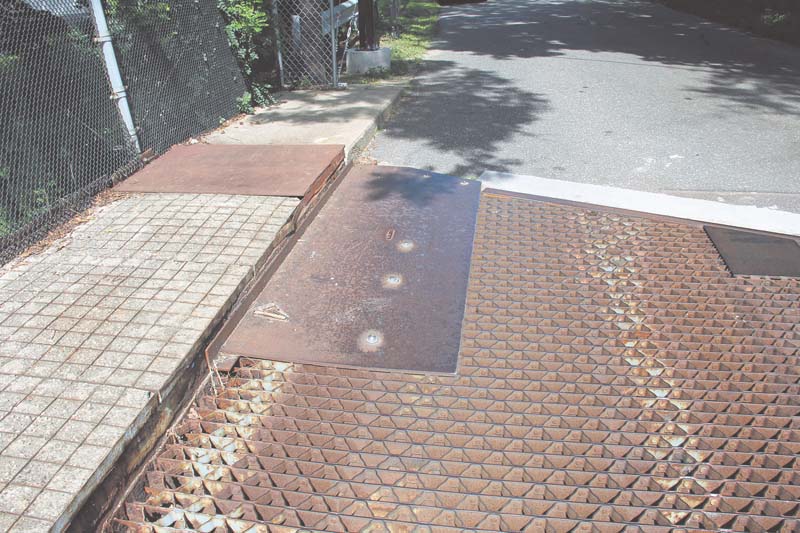
The MTA recently announced its $51.5 billion 2020-24 Capital Program, but it still needs to be ratified by the state. In this preliminary budget, $3.3 billion will be for MTA bridges and tunnels and $5.71 billion will go towards various projects for the LIRR.
As part of the $5.71 billion budget for the LIRR, several improvements will be made to the Port Washington line. The LIRR says an average of 45,510 riders take the Port Washington line during a weekday in 2018. Express trains from Port Washington to Penn Station take 35 to 40 minutes and the local run time takes 45 minutes, pending there is no unforeseeable delay.
Increasing the capacity to store trains at the Port Washington Yard to ensure ongoing service is one of the more notable improvements. The LIRR told Anton Media Group that it seeks to extend a two-yard track in the Port Washington Yard accommodate additional trains. The current yards support up to 40 individual train cars and future yard improvements, which are preliminary, estimate an increase in storage of 18 train cars. Infrastructure components to support the track extension such as high security fencing, installation of retaining walls, installation of new walkways, lighting and replacement of the pedestrian overpass are also included in the project.
The LIRR did not answer how much this project will cost when asked and also did not specify any costs for the other proposed projects on the Port Washington Branch as part of the 2020-24 Capital Program.
“That yard, during rush hour, can store six or seven trains,” Larry Penner said, a transportation historian, writer and advocate who worked for the Federal Transit Administration New York Office for 31 years. “Eventually the yard runs out of trains. And what happens is you have trains that go from other branches, from Babylon to Penn Station and then they double back to Great Neck to make a second trip. Remember, it’s a single track from Great Neck to Port Washington. When there are delays on East River tunnels or delays at Jamaica Station or delays at other branches, there’s a delay in trains doubling back from Penn Station to Great Neck to make a second trip into the city.”
Thirty-two miles of wood ties on the tracks of the Port Washington line will be replaced by concrete ties between the Harold Interlocking and Great Neck.
“Concrete ties are far more efficient than wood ties,” Penner said. “They last longer, they contribute to a smoother ride in a faster ride, they’re safer and they can also contribute to greater speeds. The longterm plan is to convert the system through a hundred percent concrete ties.”
As many riders know, from Great Neck Station to Port Washington Station, it’s a one track line, limiting the amount of trains allowed to go eastbound and westbound. There is no project in this capital program to add a second track or a small segment of track to allow the bypassing of trains.

“What’s not funded, which I don’t know why it’s ever been not funded, is double tracking maybe by Manhasset or someplace between Port Washington and Great Neck,” said Penner. “If you can add a passenger siding for a train a little bit east, a little bit west of Manhasset Station that will give LIRR more flexibility and service on the Port Washington Branch between Great Neck and Port Washington. If you look at the timetable now, there’s a dead zone in the morning where there’s no service eastbound between Great Neck and Port Washington, which is a disaster for diverse commuters. More and more people are commuting from the city to jobs in Great Neck and farther east to Port Washington and other branches.”
When asked about a potential second track from Great Neck to Port Washington, the LIRR said via email, “LIRR anticipates undertaking a consultant review of all single-track territory/non-electrified segments of the LIRR during the 2020-24 program. The goal of this review is to identify the infrastructure and real estate needs along with the potential service and ridership increases that would result from upgrading a branch segment to double track or electrified service. The study is anticipated to address all branches, including the Port Washington Branch.”
In the proposed 2020-24 Capital Program, Great Neck Station and Port Washington Station are expected to see infrastructural improvements. While not being specific, the LIRR says “station renewals” and “station platform components” will be part of the upgrades to these two stations.
Many commuters are looking forward to the East Side Access project that would link the Port Washington Branch with Grand Central Terminal. However, this project has been in the works for a long time and the finish date has been pushed back before.
“The most recent recovery schedule for LIRR East Side Access to Grand Central Terminal calls for revenue service by end of December 2022,” Penner said. “Completion of construction of two additional storage tracks at the Port Washington Station Yard will also assist future East Side Access service.”

The Webster Avenue Bridge that borders the unincorporated parts of Manhasset, Plandome Heights and Flower Hill has been a hot topic for community leaders and residents of Manhasset for the last year. The bridge, which the LIRR owns, was built in 1897 and has a graded surface that makes a vibration noise when cars go over it. When the bridge is not being maintained by the LIRR, it also makes a loud banging noise that has nearby residents up in arms.

The bridge will be replaced as part of the 2020-24 Capital Program, in which the LIRR states “the Webster Avenue Highway Bridge, one of the oldest highway bridges in the LIRR system, is in deteriorated condition and is functionally obsolete. This bridge has been the subject of complaints from the community and elected officials.”
The LIRR told Anton Media Group that the bridge is a top priority for the 2020-24, but did not give a timetable for when the project will be finished. Previously, the bridge was shut down for repair purposes, but residents said it only made the banging noise worse.
“The construction of a modern, new Webster Avenue Bridge will correct structural deterioration and the substandard design features of the existing bridge by increasing vehicular lane, shoulder, and sidewalk widths; increasing load capacity; increasing vertical clearance to an acceptable level; and the elimination of roadway drainage falling on LIRR tracks,” said the LIRR via email.

“The town appreciates that the LIRR listened to our concerns and accommodated our requests by allocating money to replace the Webster Avenue Bridge,” Town of North Hempstead Councilwoman Veronica Lurvey said. “We look forward to working with them to continue the dialogue and address resident concerns.”
The Manhasset Valley Bridge (Manhasset Viaduct) on the other hand will not be seeing such improvements. The LIRR says they will undertake a systemwide viaduct assessment to identify and plan the renewal or replacement of LIRR viaducts and the Manhasset Valley Bridge will be part of such an assessment.
—Additional reporting by Farrah Salazar, a contributing writer for Anton Media Group






























